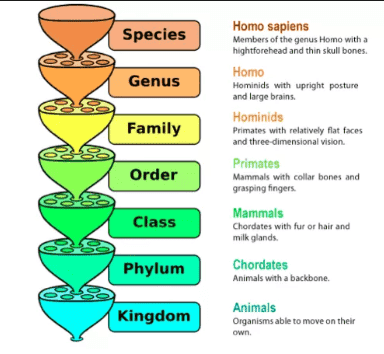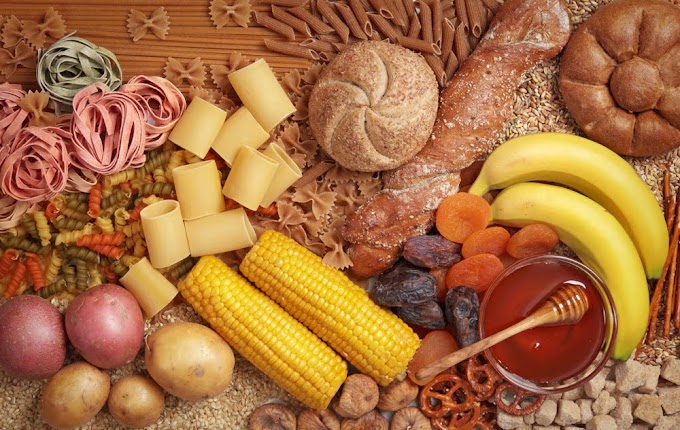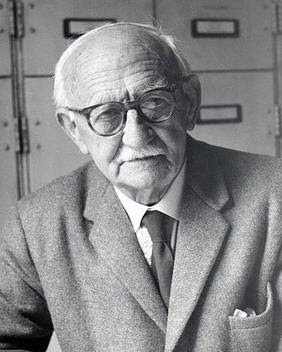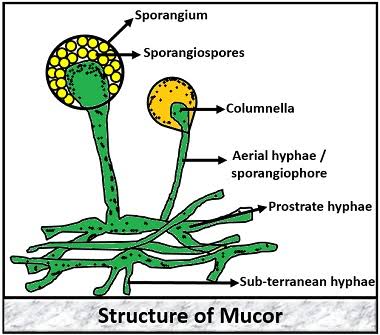paddy blast | paddy blast disease
| Class | Deuteromycetes |
|---|---|
| Sub-Class | Hyphomycetede |
| Order | Moniliales |
| Family | Monoliolose |
| Pathogen | Pyricularia oriza |
Symptoms of Paddy blast
Symptoms on leaf appear on small spindal shape spot with brown margine. The center of the spot is whitish grow. Such spores like appear on the collum, collum nodes and glumes.
The neck become shrivelled and covered with gray fluphy Mycelium and bends down due to Waite of the year.
Causal Organism
- Pyricularia oriza
- Mycelium consists of septate gray to olivesious hypha mostely located in leisons.
- Conidiospores are haline monoseptate dentipelate and produced through stomata or by repturing the cuticle. Conidia are produce in succession one at a time at the tips of conidiospores. Conidia are biseptate, haline olivasious pyriform to obclavate with rounded base and narrow towards the tip.
Disease Cycle
Sori of primary inoculum is not definitely known.
The initiation occur through the conidia Mycelium can survive in infected Structure for 1 or 2 year.
Under dry condition bud during humid condition. It is generally destroy due to microbial activity.
The fungus also infected in the seeds during the stage but the seed borne inoculum do not succeed because high soil temperature in May and June.
Controls
- Sanitation
- Seed treatment
- The folior spray copper fungicide are effecting in controlling the blast in some variety.
- Use of resistance variety CO-4, CO-25, CO-26 are the variety found to be highly resistant variety to blast disease.
This article share by Alpine Study












0 Comments
If you have any query let me know.